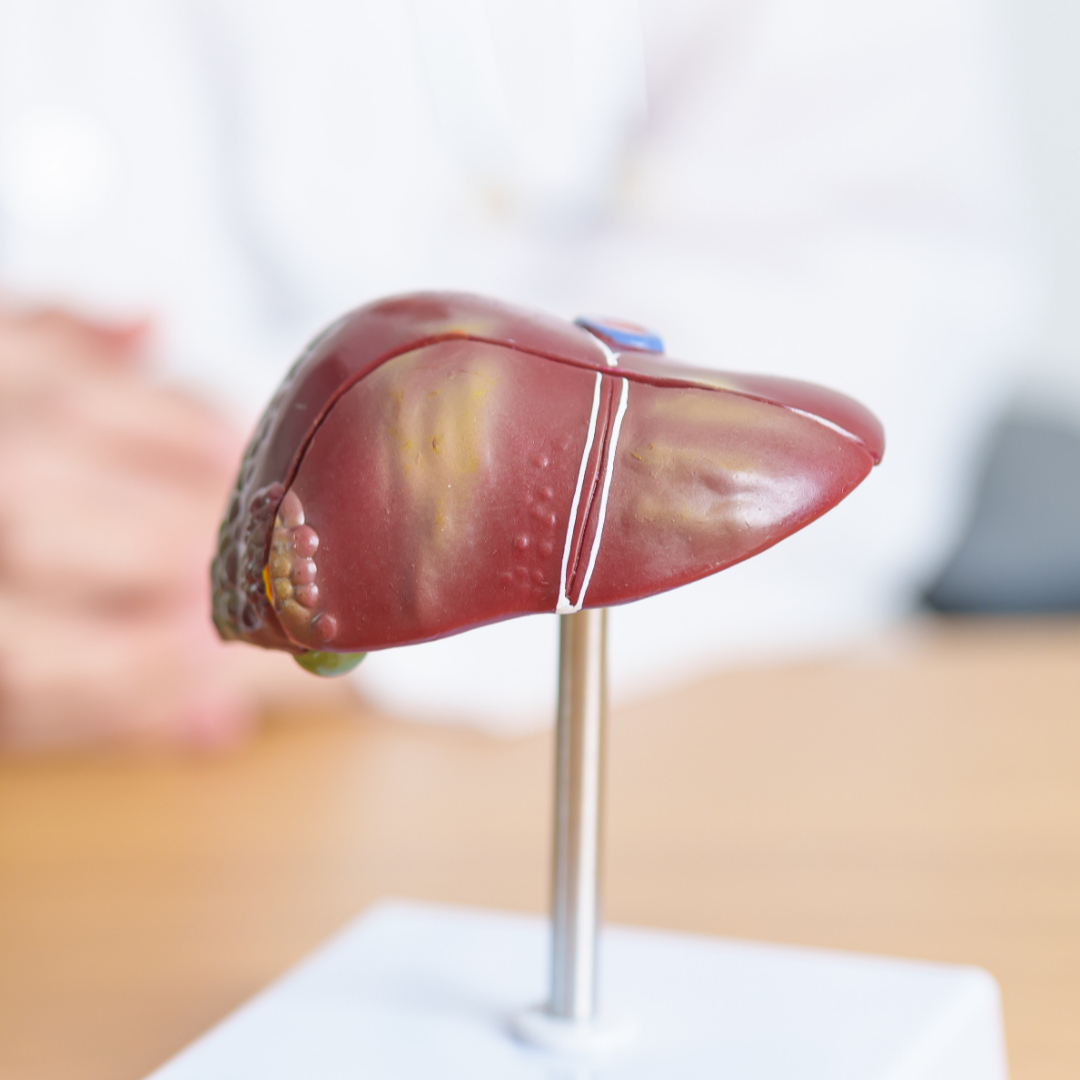at results from long-term liver damage, causing the liver to become scarred and hardened. This can lead to a number of health problems, including:
- Jaundice: a yellowing of the skin and eyes due to the buildup of bilirubin in the blood
- Fatigue and weakness
- Abdominal pain and swelling
- Swelling in the legs and ankles
- Itchy skin
- Easy bruising and bleeding
- Mental confusion or forgetfulness
- Spider-like blood vessels on the skin
The most common causes of liver cirrhosis include excessive alcohol consumption, viral hepatitis, and non-alcoholic fatty liver disease. Treatment for liver cirrhosis depends on the underlying cause and the extent of the damage to the liver. In some cases, the damage may be reversible if the underlying cause is addressed in a timely manner. Treatment options may include:
- Medications: Medications may be used to manage the symptoms of cirrhosis, including jaundice, itching, and fluid buildup.
- Lifestyle changes: Changes to diet and exercise habits, as well as abstinence from alcohol and tobacco use, can help to slow the progression of cirrhosis and prevent further liver damage.
- Surgery: In severe cases of cirrhosis, surgery may be necessary to remove damaged portions of the liver or to perform a liver transplant.
